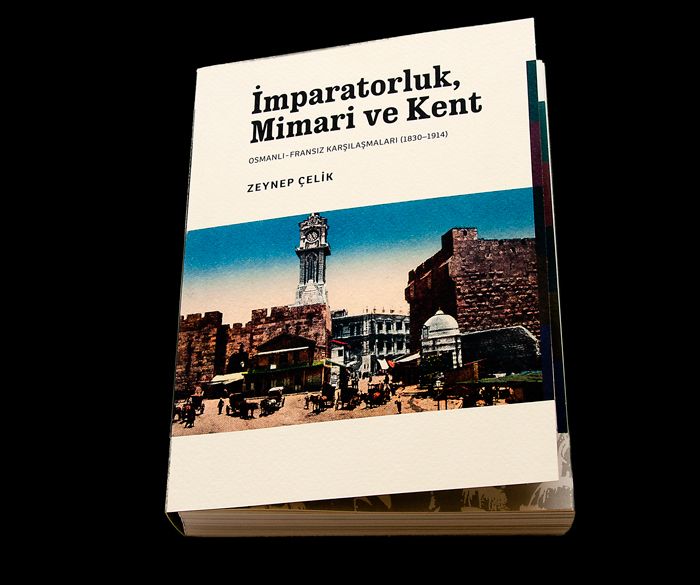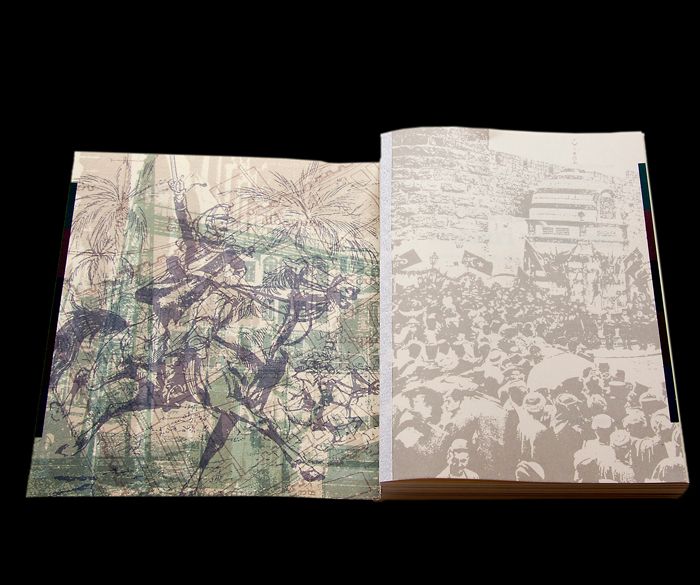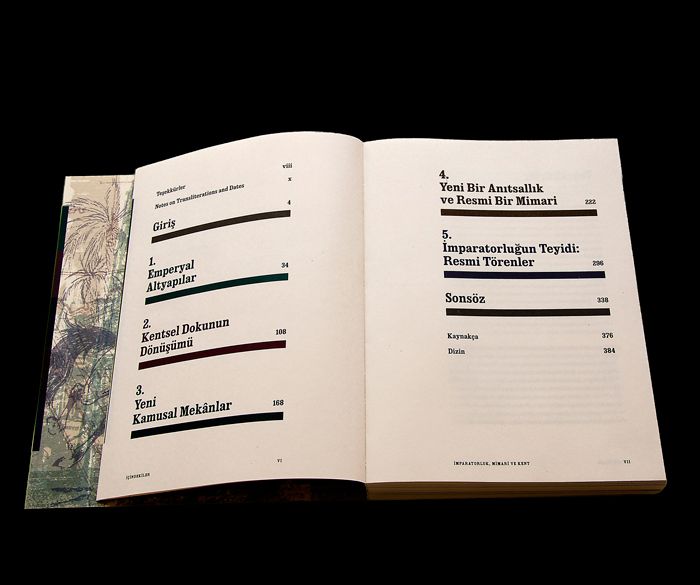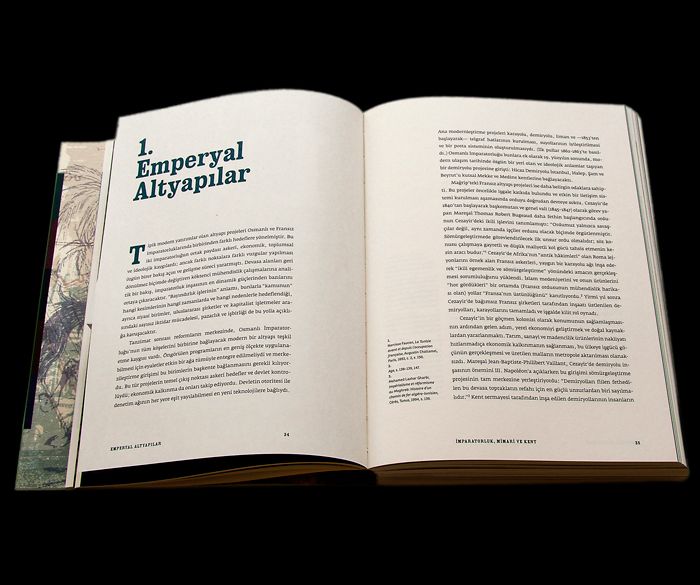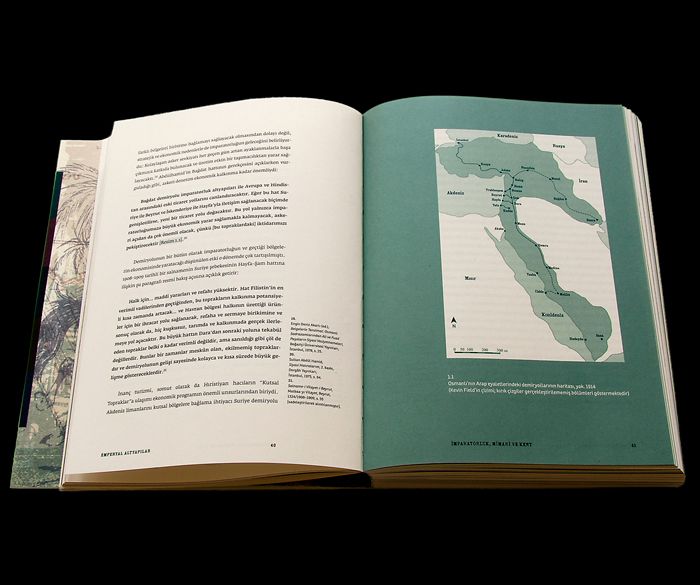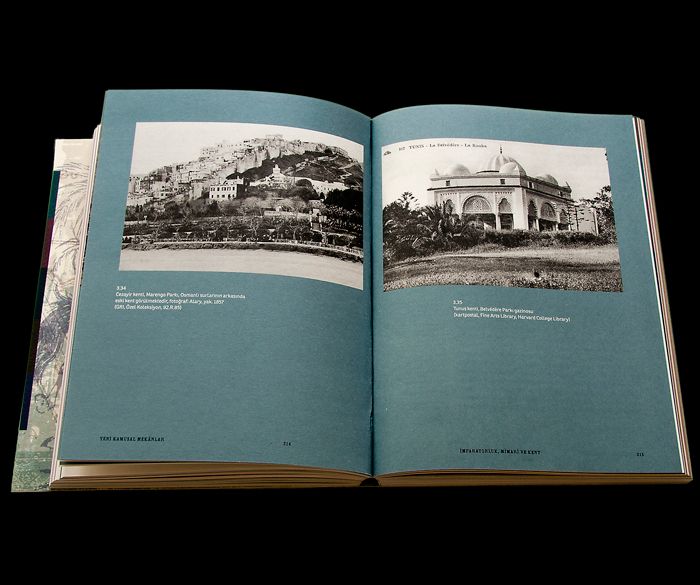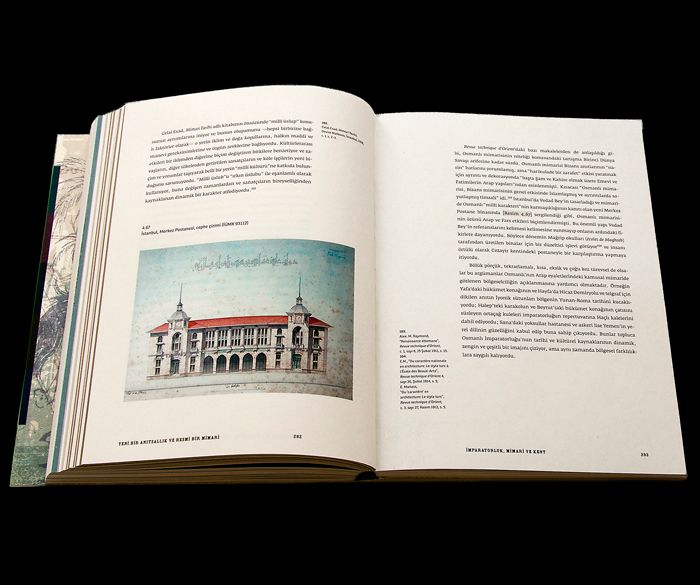İmparatorluk, Mimari ve Kent:
Osmanlı-Fransız Karşılaşmaları (1830-1914)
Osmanlı-Fransız Karşılaşmaları (1830-1914)
SALT, April 2012
ISBN 978-9944-731-29-4
Author: Zeynep Çelik
Original title: Empire, Architecture, and the City, French-Ottoman Encounters, 1830-1914
Editor: Lorans Tanatar Baruh
Translation: Zülal Kılıç
Design: Esen Karol
Number of Pages: 405
Available at: SALT Beyoğlu ve SALT Galata (Dükkân),
Robinson Crusoe 389
Empire, Architecture, and the City: French-Ottoman Encounters, 1830-1914 first published by the Washington University Press is now translated into Turkish. SALT’s fourth publication, İmparatorluk, Mimari ve Kent: Osmanlı-Fransız Karşılaşmaları (1830-1914) deals with empire building and modernity in the nineteenth century.
The French and Ottoman empires capitalized on modern infrastructure and city building to control diverse social, cultural, and political landscapes. Zeynep Çelik examines cities in Algeria and Tunisia under the French colonial rule and those of the Ottoman Arab provinces. By shifting the emphasis from the centers of Paris and İstanbul to the periphery, Çelik presents a nuanced book on cross-cultural exchanges. The differences in the political agendas of the French and Ottoman empires reveal myriad meanings behind remarkably similar urban forms and buildings.
Roads, railroads, ports and waterways served many imperial agendas, ranging from military to commercial and even ideological. Interventions changed the urban fabric in unprecedented ways: straight arteries were cut through cities, European-style quarters were appended to historic cores, and new industrial and mining towns, military posts, and administrative centers were built in guidance of the latest trends. These major feats of engineering were carefully planned to construct a modern image while addressing practical concerns such as growth and communication.
Çelik discusses public squares as privileged sites of imperial expression, evidenced by the buildings that defined them and iconographically charged monuments that adorned them. She also maps out the orchestrated occupation of streets and squares by the public ceremonies that play a key role in conveying political messages. Çelik concludes with thoughts on how various attitudes of both empires engaged cultural differences, race, and civilizing missions.
This illustrated volume makes numerous archival plans, photographs, and postcards available for the first time, along with reproductions from periodicals and official yearbooks.
Empire, Architecture, and the City: French-Ottoman Encounters, 1830-1914 is the winner of the Spiro Kostof Book Award of the Society of Architectural Historians (2010).
